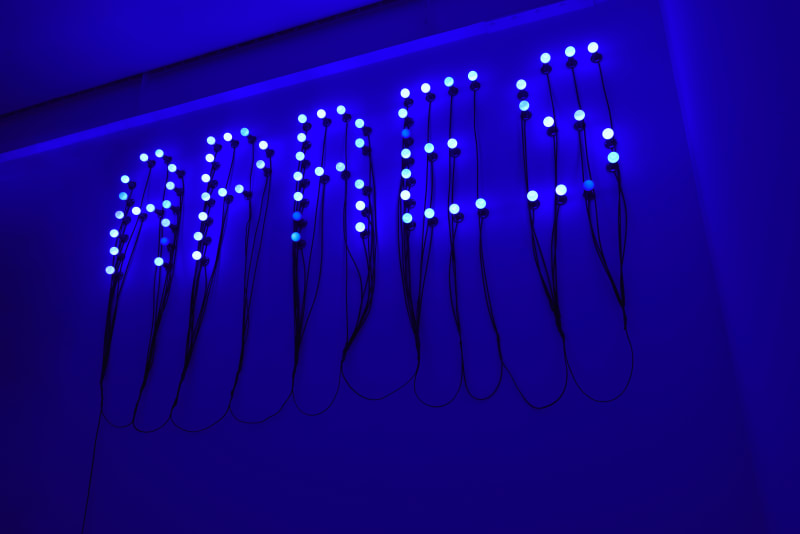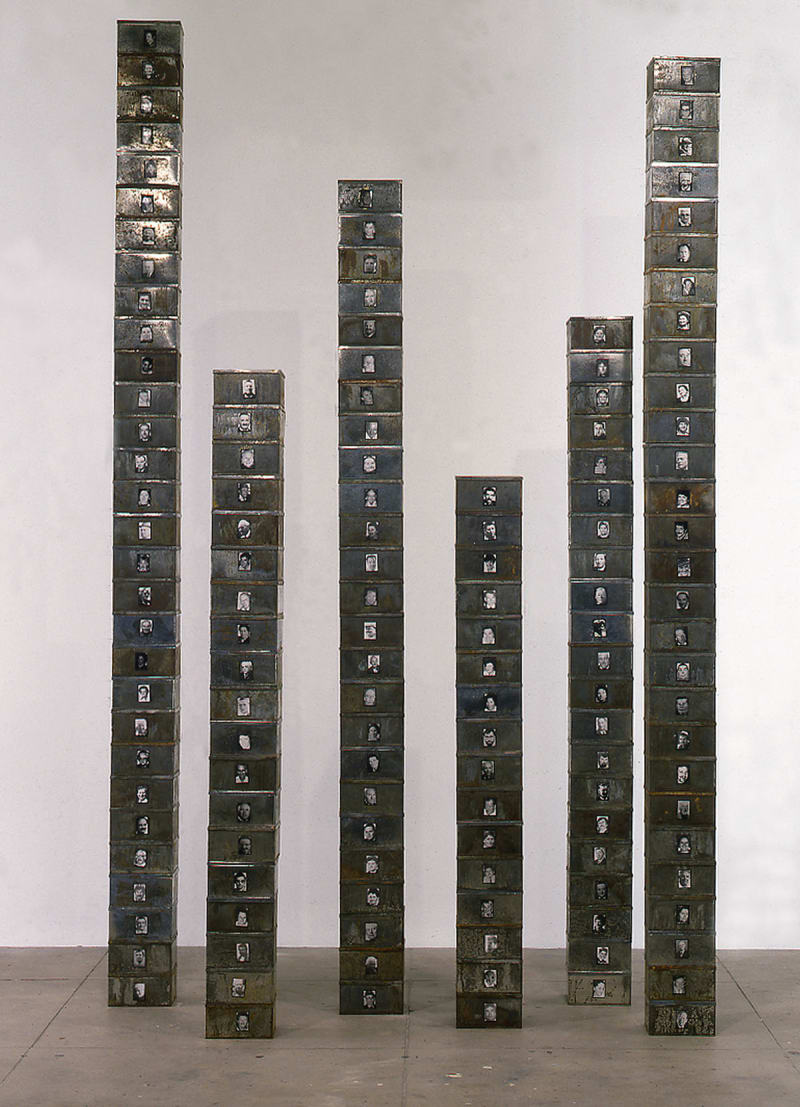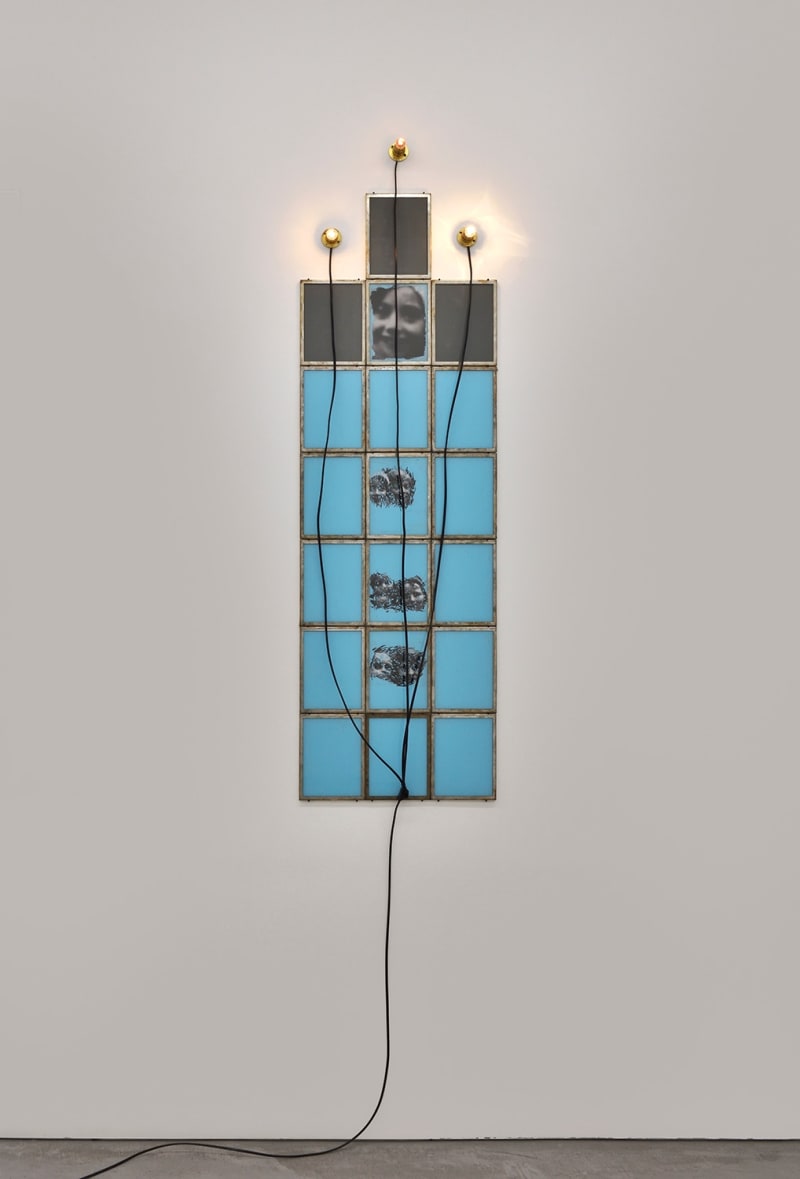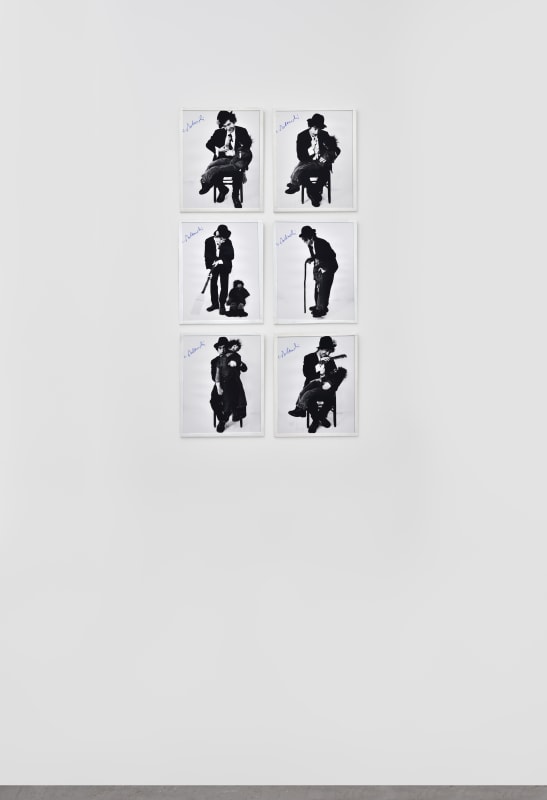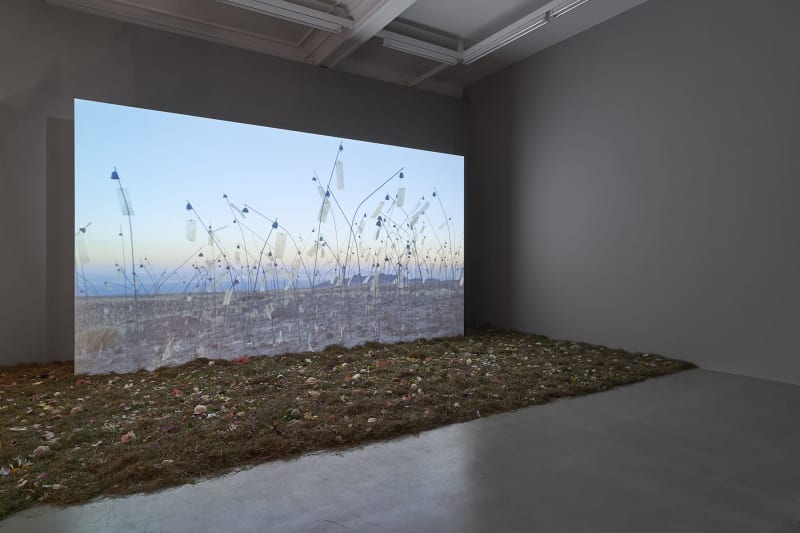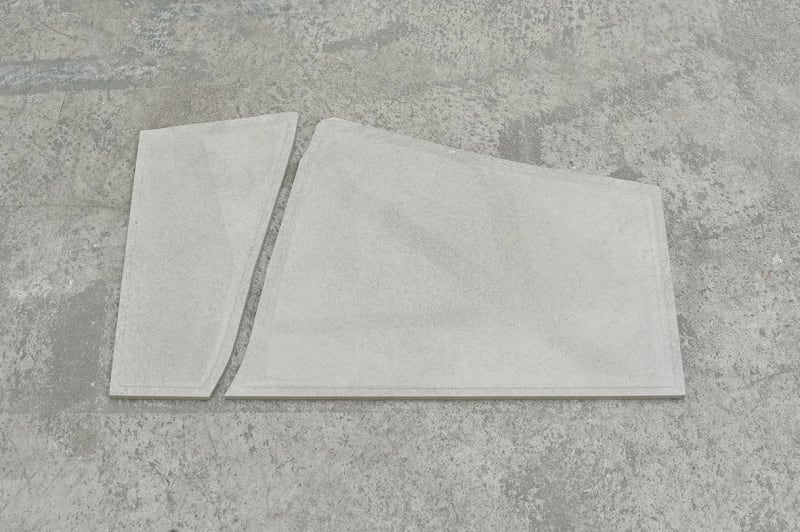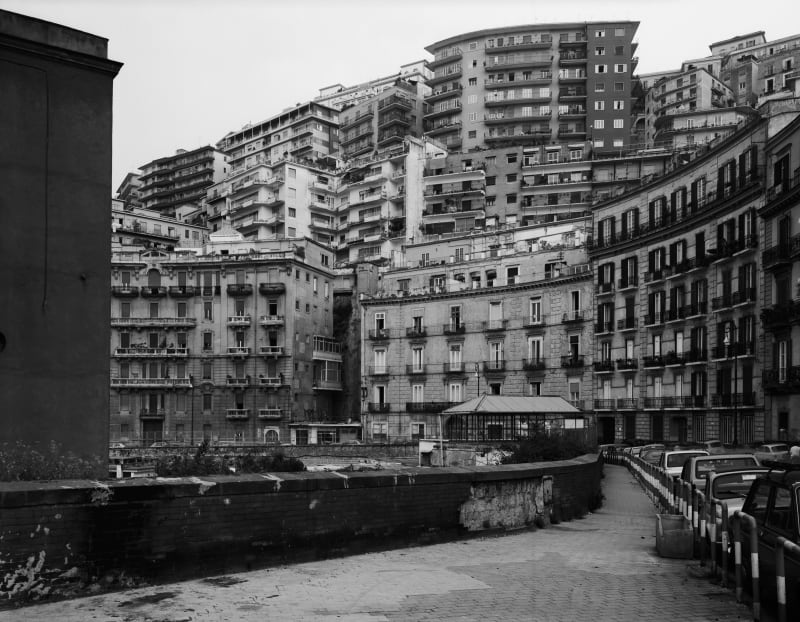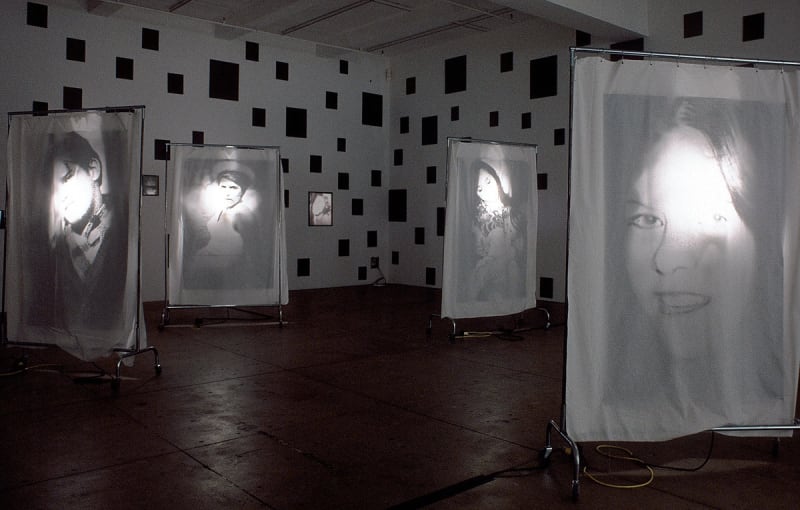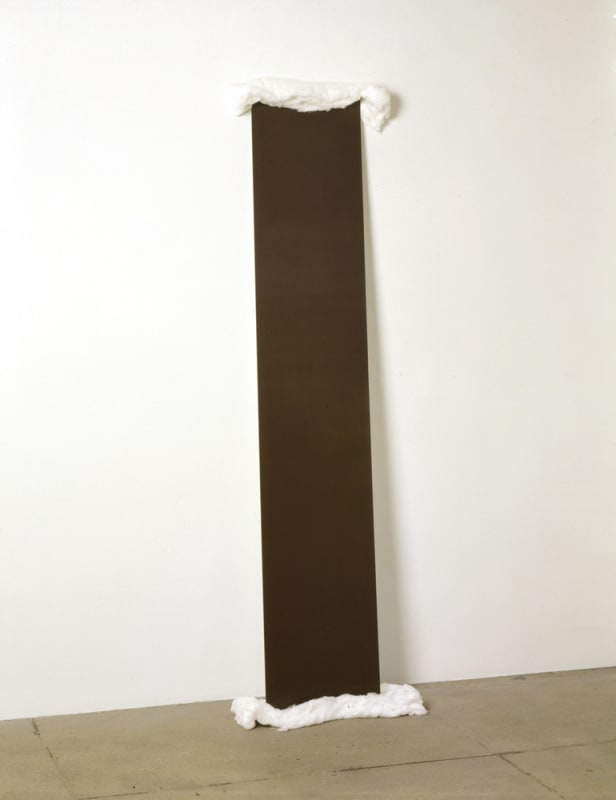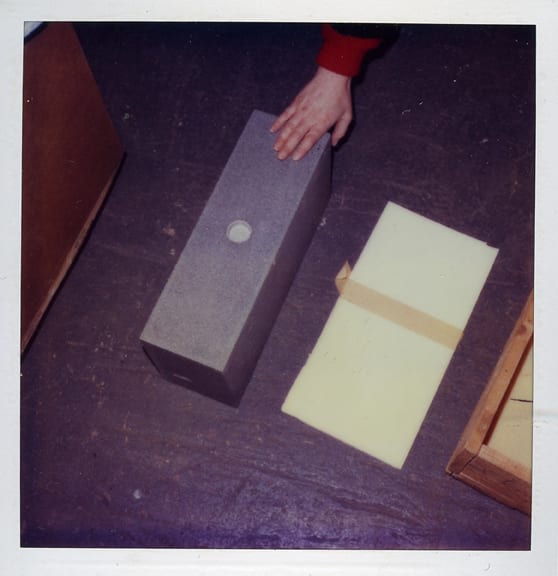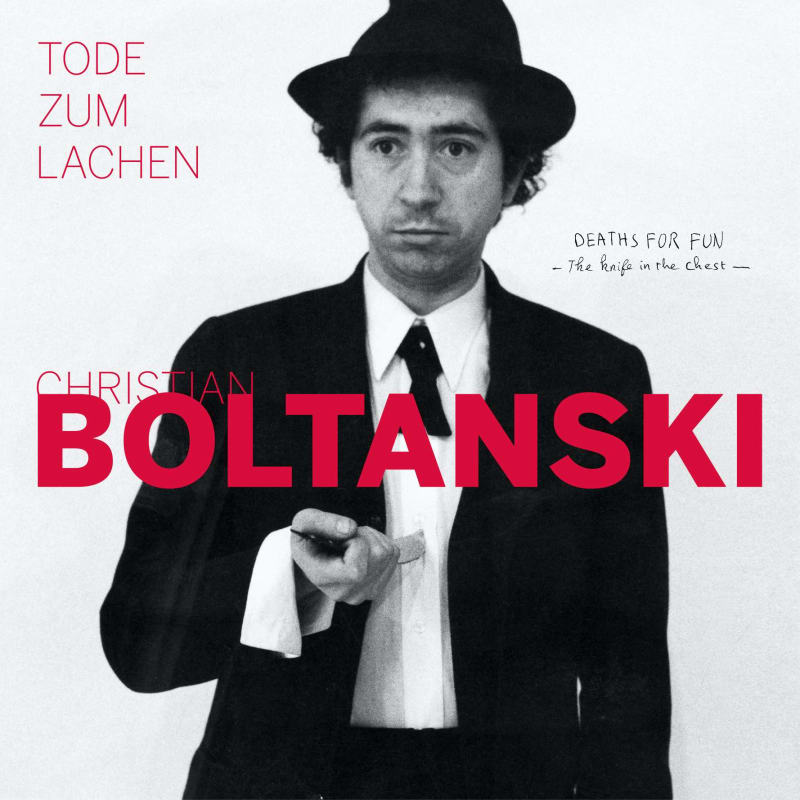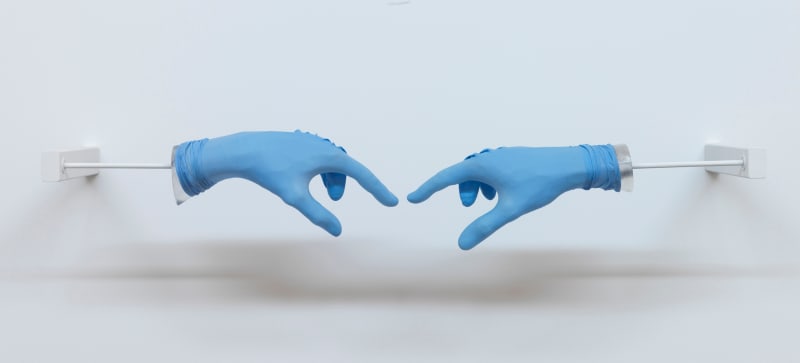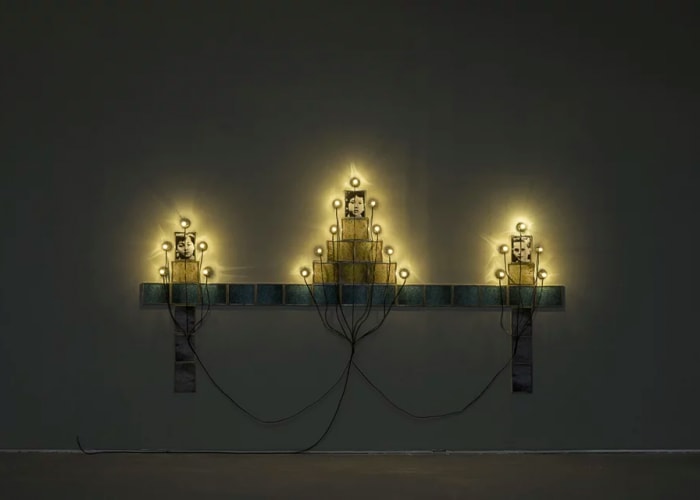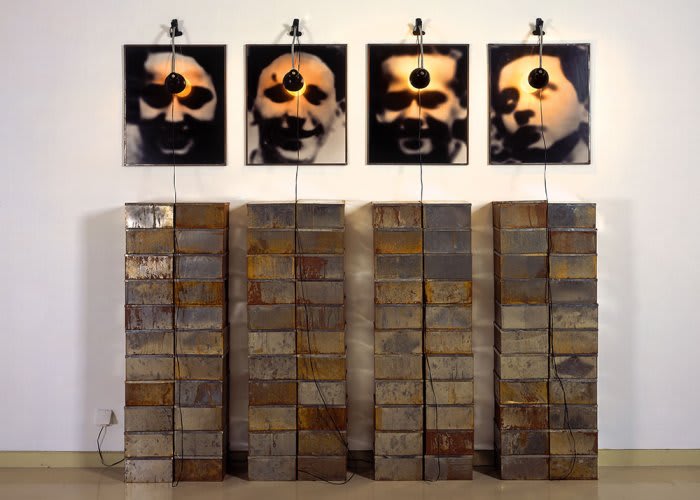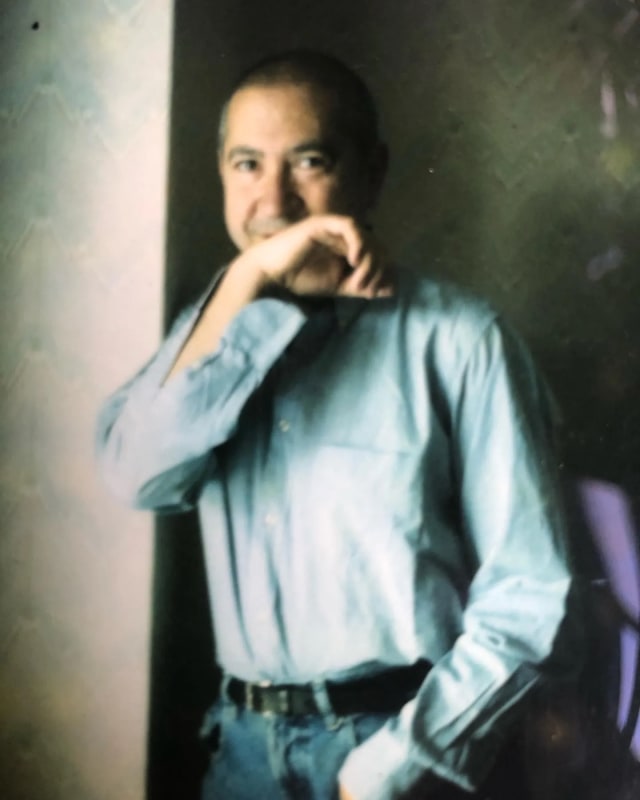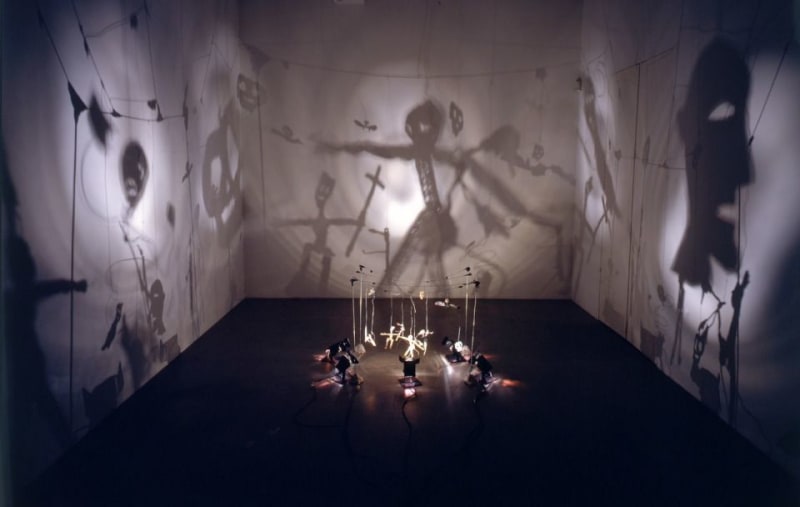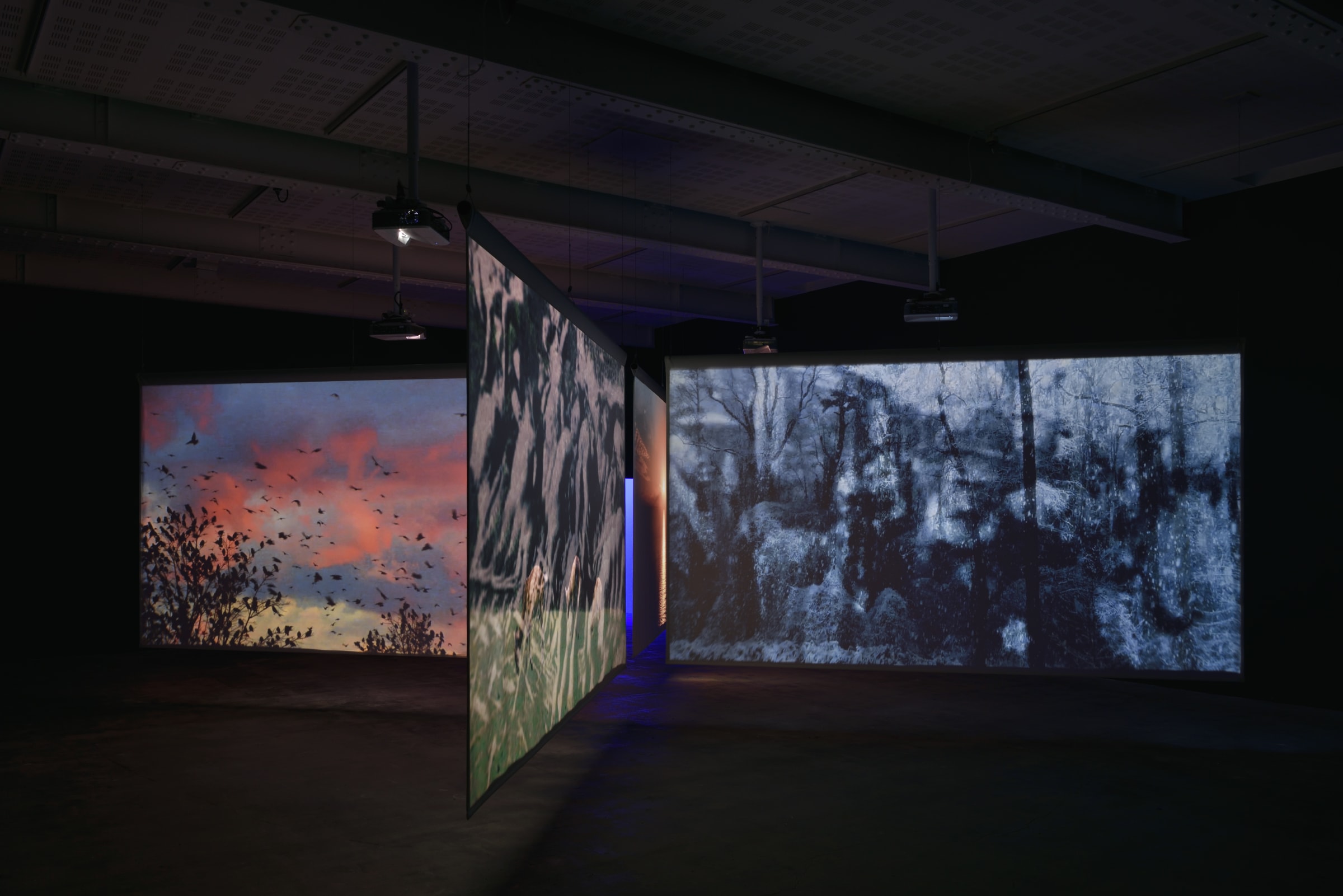

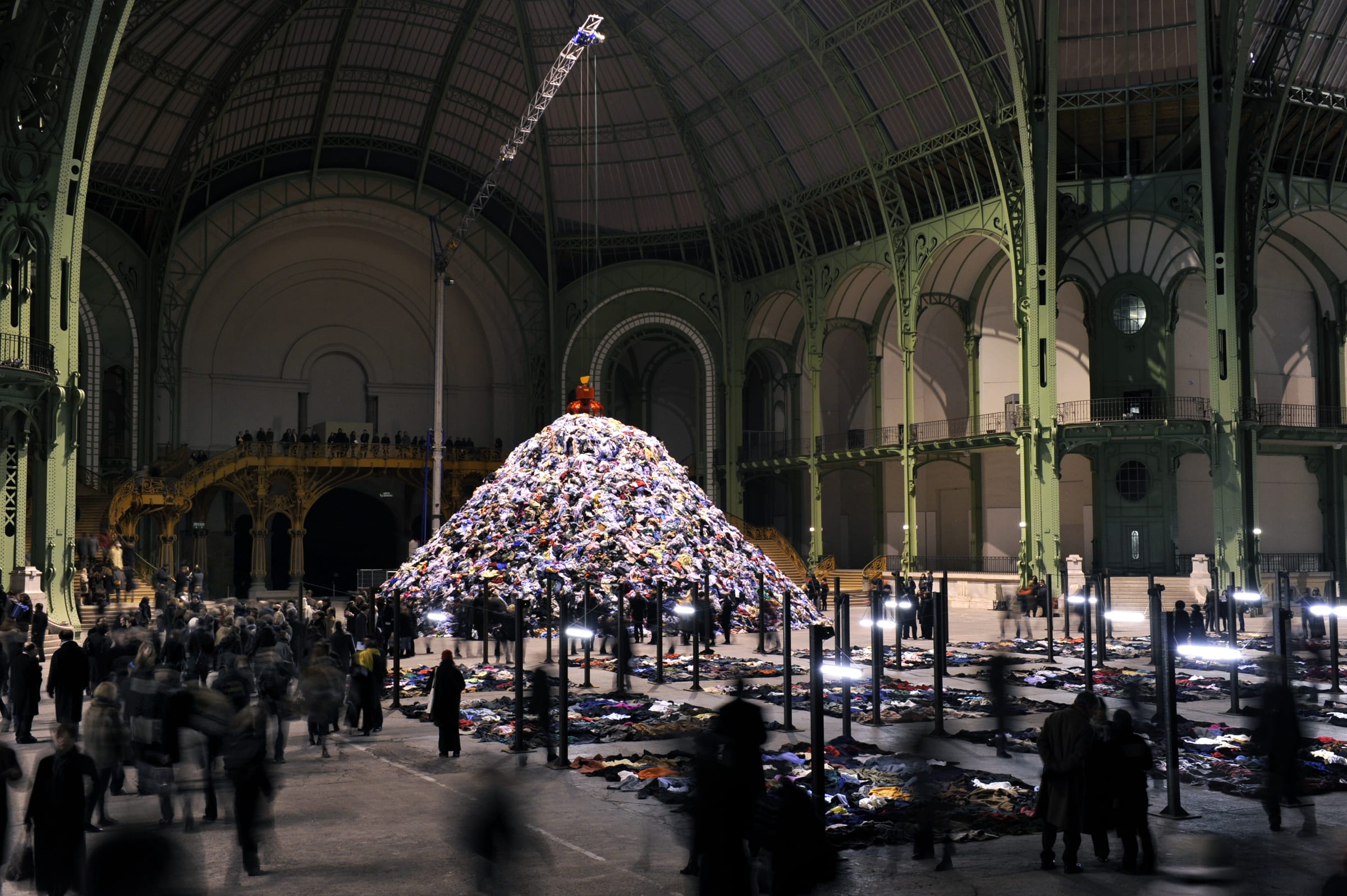


Christian Boltanski
Biography
It is often the case in Boltanski's work that objects (photos, pieces of clothing, bells, flowers...) give voice to absent subjects and are an invitation to the viewer to meditate and contemplate.
Christian Boltanski was born in 1944 in Paris and died in 2021 in Paris. In the 1960s he began to develop a “personal ethnology” marked, among others, by the influence of Claude Lévi-Strauss and Harald Szeemann. At the same time, drawing on museology, Boltanski exhibited inventories of items of anonymous owners. It is often the case in Boltanski's work that objects (photos, pieces of clothing, bells, flowers...) give voice to absent subjects and are an invitation to the viewer to meditate and contemplate.
Since his first exhibition at LeRanelagh cinema in 1968 Boltanski's work has been shown in numerous countries. Recent solo shows have been at Centre Pompidou, Paris, France (2019); Espace Louis Vuitton Tokyo, Japan (2019); The National Museum of Art, Osaka, Japan and the National Art Gallery, Tokyo, Japan (2019); The Israel Museum, Jerusalem (2018); The Power Station of Art, Shanghai, China (2018); the Museo Nacional de Bellas Artes, Buenos Aires, Argentina (2017); Museo d'Arte Moderna di Bologna, Italy (2017); The Museum of Contemporary Art of Monterrey, Mexico (2016); Instituto Valenciano Arte Moderno (IVAM), Spain (2016); Mac's Grand Hornu, Belgium (2015); and Museo Nacional de Bellas Artes, Santiago, Chile (2014).
Boltanski was recognized with several awards over his lifetime, including the Praemium Imperiale Award (2006) and the Kaiser Ring Award (2001). He participated in Documenta (1977 and 1972) and numerous Venice Biennales (2011, 1995, 1993, 1980, and 1975).
It is often the case in Boltanski's work that objects (photos, pieces of clothing, bells, flowers...) give voice to absent subjects and are an invitation to the viewer to meditate and contemplate.
Selected Works
Exhibitions

In Focus
News

